Paula Moore the Director of Talkin Culture has been working with Eliot Smith, Artistic Director of Eliot Smith Dance and Matthew Read, Director of The Bowes Centre based at The Bowes Museum. This Q&A explores the impact of dance at The Bowes Museum.
MATTHEW READ, DIRECTOR OF THE BOWES CENTRE
Has working with dance been personally and professionally challenging despite your appreciation of the arts?
Challenging and rewarding. Ten artists have ten different perspectives, ten needs in terms of exhibition and ten outcomes. Equally stimulating and absorbing. Throughout the #Untitled10 process, my personal perspective has moved towards the professional demand of logistics and away from artistic enquiry. The following few months will reseat that position as we move towards #Untitled10/2
How meaningful has it been to change the museum stage to host dance? Has it changed conversations and who visited as a result?
I think it has yet to sink in. Part of the joy of an institution like Bowes is its inertia. The point of these civic museums is historically, the longer term. Changing the stage therefore happens in unpredictable ways. Driven by individuals. Personally the ESD commission is deeply meaningful as it is a profound sign of hope both for The Bowes Museum and for ESD. Yes conversations begin to change, but again, these events in time are ‘slow-burners’. This feels very much like only the beginning of something.
How has dance helped The Bowes Centre open the doors of the museum including media interest?
Just this morning ESD were recorded for BBC Look North regional television. We have featured in numerous printed articles. I think dance welcomes enquiry. It is naturally engaging for wide audiences. As a child almost everyone dances naturally. That interest and intrigue in movement of the body never goes away.
What do you hope the impact of Eliot Smith Dance has been both for visitors and the museum?
ESD is deeply memorable. Visitors who watched rehearsals commented that they felt privileged to ‘catch’ the event. A quality production and thinking like ESD will always stand as a benchmark. A place to build from. The impact of ESD is that it becomes a statement that is much wider than the project.
Would you like to see dance as an on-going interpretive art of the museum history and collection?
Maybe. It really depends on a set of circumstances. If the right artist and the right environment collude; yes! It would be great to take dance at The Bowes Museum ‘back’ to wider communities as we did with “Fishdance!”. That was a street dance we commissioned as part of a local carnival reflecting the famous Silver Swan at the museum. The Bowes Centre aims to be experimental. We are open to ideas.
Any other comments...
The success of ESD at The Bowes Museum is attributable to Eliot Smith’s commitment to the project. His commitment to understand our story, our space and collection and to work hard to generate a performance. The Arts are very wide and I hope other artists find his work as inspiring as we did.
ELIOT SMITH DANCE, ARTISTIC DIRECTOR OF ELIOT SMITH DANCE.
How significant has working with The Bowes Centre been in terms of your personal and professional development?
Very rewarding! Being one of 10 #Untitled10 artists has enriched my way of thinking on how I approach my work in the studio and in life. The opportunity to collaborate alongside the other nine artists has let me to build a wider network of contacts. I have received valuable mentoring from Matthew Read and Paula Moore which has supported my professional development.
What has been most challenging for you to work in a museum context but ultimately rewarding?
Since 2016, I have rehearsed often at Woodhorn Museum because of my work PITMAN. However, when I am restaging or creating a new work in a museum, I am constantly inspired by the surrounding landscapes, culture and history. The most challenging is being over inspired by museums which can sometimes stop the creative process. I love it when museum visitors stand or sit and observe. I have quite an open door policy in my rehearsals, and quite like having people observing because it helps me see the work from a different perspective, and with fresh eyes. This also helps my dancers to feel as they have an audience. The opportunity to rehearse at The Bowes Museum has been even more inspiring. This has ultimately made me understand ‘I feel at home when creating dances inside a museum – art meets theatre, theatre meets art’.
What was your first experience of dancing in public at the museum and how did this begin your process?
My first ever experience of dancing in any museum was Woodhorn Museum and Laing Art Gallery. I truly feel at home, which is strange for dance because we are typically in a theatre. I really enjoy transforming galleries, museums and cathedrals into theatrical experiences and for audiences who don’t normally attend dance performances. My first experience at The Bowes Museum was on my own in the Peach Gallery – simply allowing the paintings and space to move my body in new ways. I also let the spirit of the museum influence my thought and presence.
Through your process how does ‘In Plain Movement’ interpret the life of John and Josephine Bowes?
I let the spirt of John and Josephine Bowes come alive naturally by watching my dancers enjoy doing what they live for – dance and their love for the arts. I have allowed the dancers to be inspired by particular paintings or objects to inspire their movement. The abstract of the work allows the audience to interpret the work how they want to.
Has your process through the #untitled10 opportunity developed your dance vocabulary in expected or unexpected ways?
It has allowed me to concentrate solely on the human body and investigate new ideas to stimulate my movement vocabulary. Keeping the movement plain, yet gently letting the emotions and beauty of The Bowes Museum collections stir my dancers feelings towards the movement, adding an extra layer to the dance and enhancing my dancers art form.
For new and established audiences who came to your open rehearsals and final performance, what do you hope the experience may have inspired?
Dance can have the power to transform lives and witness at close hand the vitality of dance performance through the intimate stage of a museum.
What would you say to other museums in terms of dance telling their story?
Please let Eliot Smith Dance rehearse and perform at your museum, because we want to translate your museum through the human body.
Any other comments...
MASSIVE THANK YOU TO THE BOWES CENTRE AND THE BOWES MUSEUM. THIS PROJECT WILL CONTINUE TO INSPIRE MY WORKS IN THE FUTURE.
NOTES
The next #untitled10 open call will follow shortly, follow @thebowescentre on Twitter, Instagram and Facebook.
Web links:

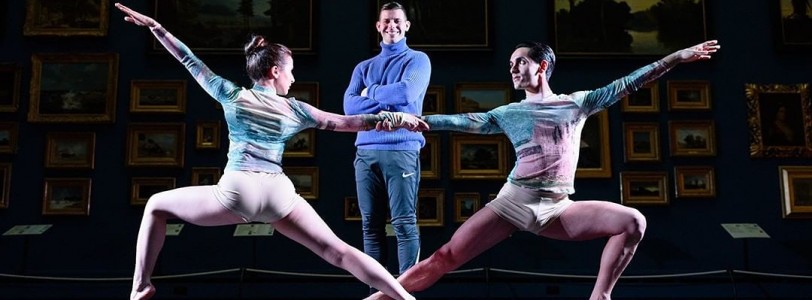
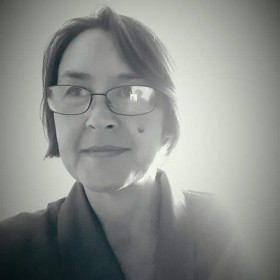
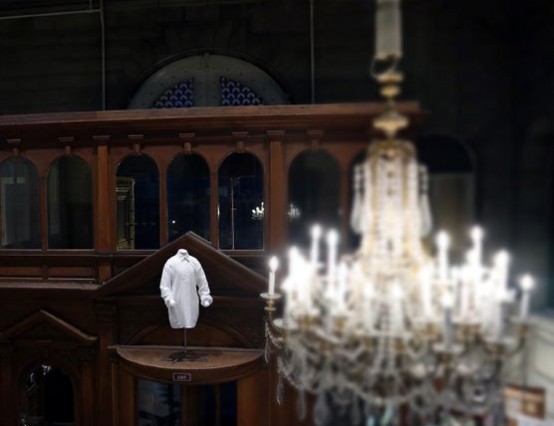
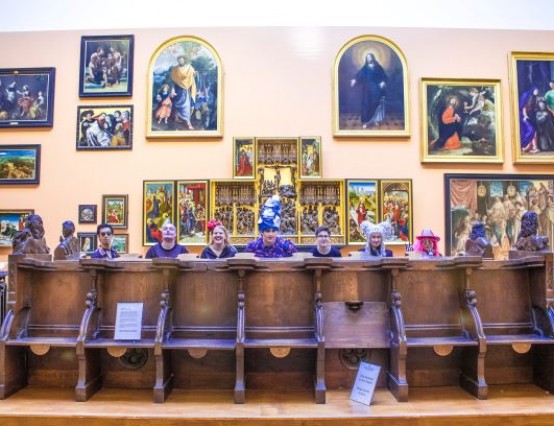
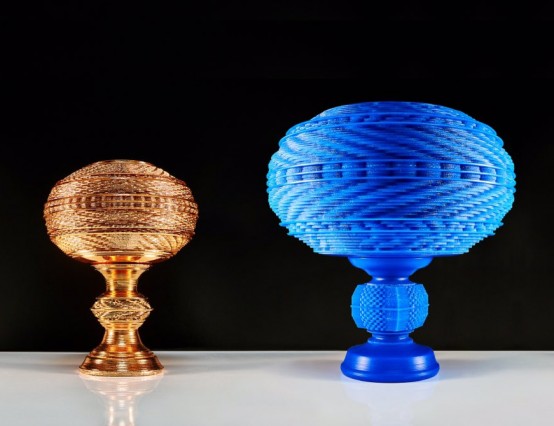
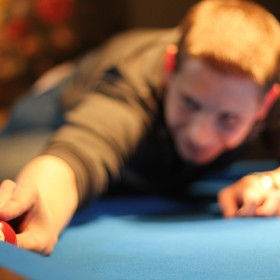


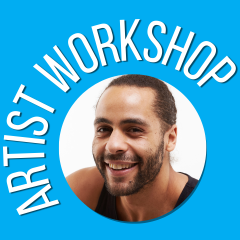
Another really great post - I love this concept too :)